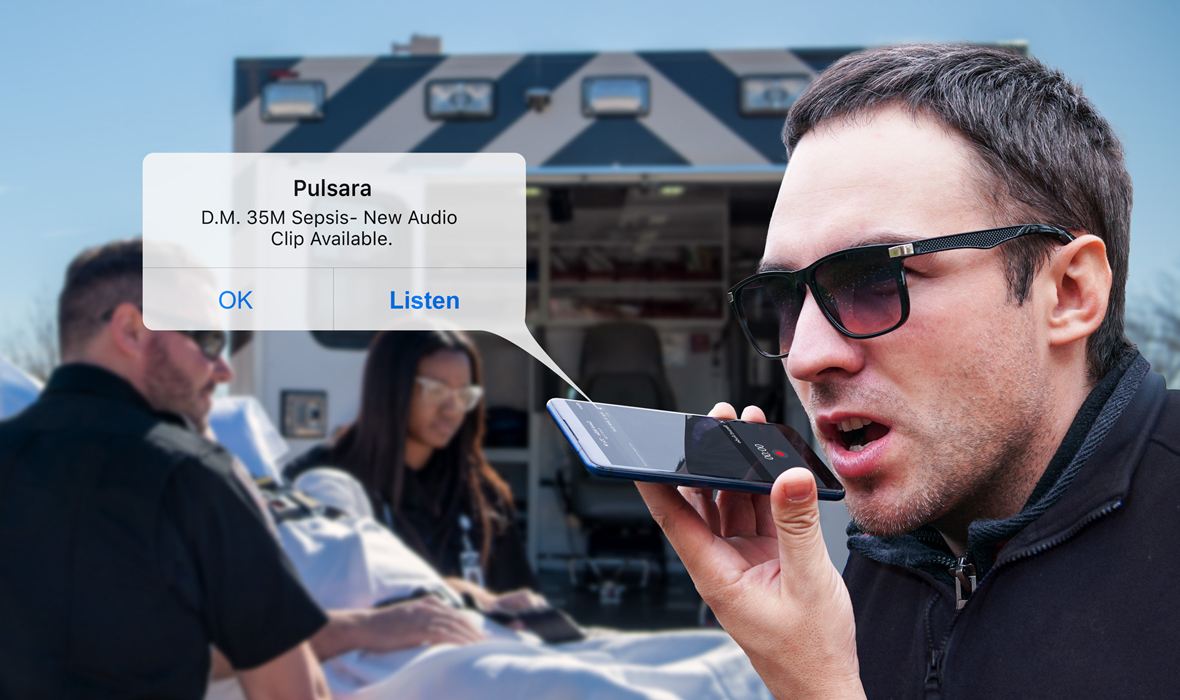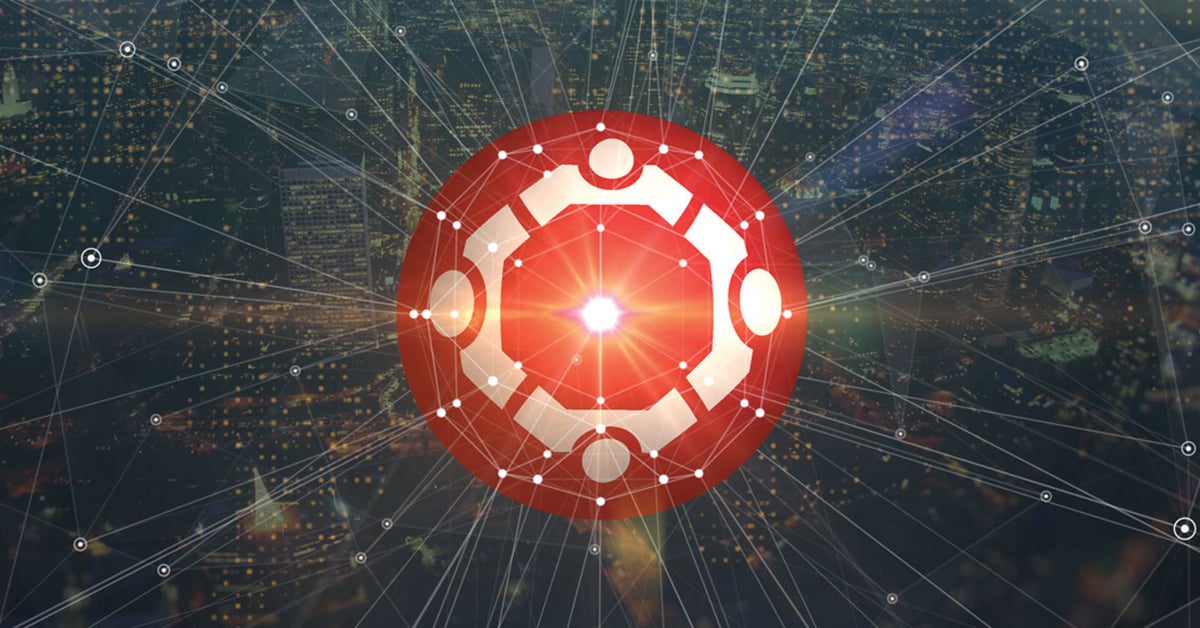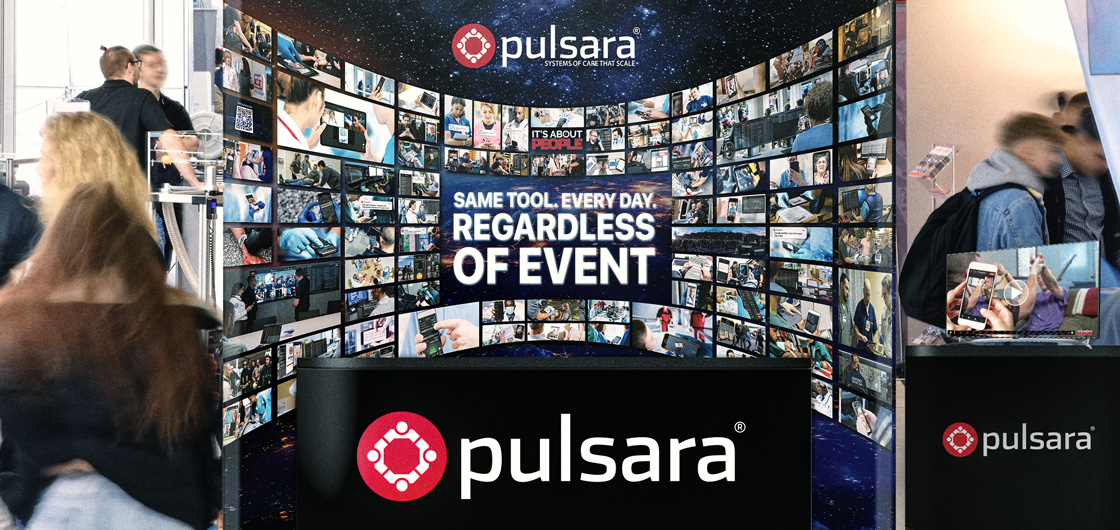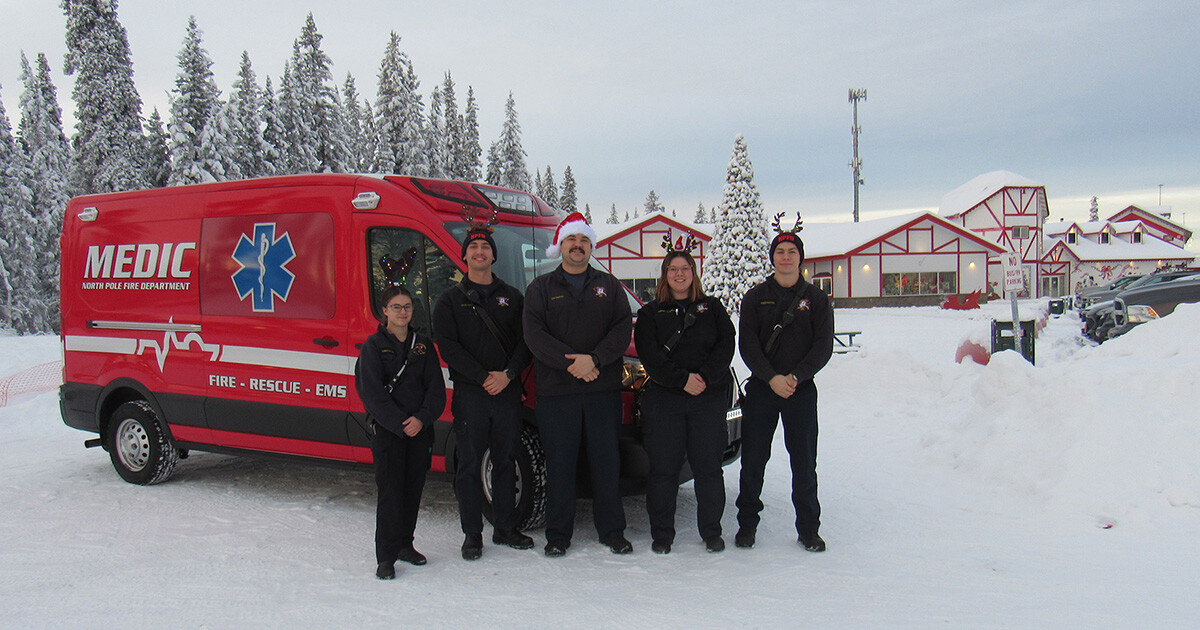Pulsara Around the World - February 2025
January Recap During the first month of 2025, our teams traveled to California for the NAEMSP Annual Meeting, Florida for the Florida Fire...
2 min read
 Team Pulsara
:
Mar 01, 2019
Team Pulsara
:
Mar 01, 2019

EDITOR'S NOTE: Special thanks to Scott Then for writing today's blog post. You can connect with him on LinkedIn.
As Paramedics, where do we belong? Are we Emergency Services, working in the worst of the worst conditions, or are we healthcare providers, where our counterparts are the Nursing and Physician staff that we interact with everyday?
It might seem a trivial thing to the outside world, but in an environment where support and camaraderie is essential, paramedics rely on each other for finding ways to best apply the advancing techniques and technologies of healthcare and incorporating them into our education and execution out in the field. These technologies and changing philosophies are thrown at prehospital providers many times without any knowledge of what their success will be. “Load and Go,” or “Stay and Play,” whatever the innovation is, we are the guinea pigs of healthcare. As such, it is incumbent upon the prehospital provider to do everything within his power to advance our industry and claim our place in the continuum of care from home to hospital.
We do this each day by employing new technologies and new treatments not only provided by us, but by our partners in healthcare for the good of the patient. How many of you remember just a few short years ago where tPa was the treatment of choice for stroke and only beneficial within the first couple hours of onset? Now, tPa, at times reaching out to 4-8 hours from onset, and endovascular treatments for stroke patients up to 24 hours from onset are not unheard of.
That is due to EMS being the “go between” for Emergency Services and Healthcare. Our industry combines the muscle and physical attributes of Fire and Police with the tactile and detail-oriented skills of healthcare into one provider.
And now our next hurdle: harnessing the power of smartphone technology. Whether it is protocols on your phone, drip rates, medication dosages or mapping, EMS manages to be at the forefront of finding new tools and using them to our (and our patient's) advantage.
Imagine this: At your local hospital, the neurologist on call is notified of a case by the ER, and he wants to have direct contact with EMS, with the push of a button. With smartphone technology such as Pulsara, voila! The Neurologist is in the truck with you, and inquiring about what you see with your patient while he is deciding what to do when you arrive.
Or maybe the trauma team is on the 7th floor tending to a patient, when they are alerted to an incoming trauma. They look at their phone and see pictures of the scene, a set of vitals, pictures of the injuries, and notice a quick audio clip they can listen to and be prepared for EMS's arrival long before you get there.
Or how about this: You arrive at the ER after pre-notifying the hospital, and the registrar hands you a face sheet as you walk in the door! It’s a MIRACLE. Finally, paramedics aren't the only ones bridging the gap between Emergency Services and hospital-based Healthcare -- now technology is doing that too.

January Recap During the first month of 2025, our teams traveled to California for the NAEMSP Annual Meeting, Florida for the Florida Fire...

December Recap In addition to exhibiting at three trade shows, Pulsara's SVP - Med Ops, Brandon Means, presented the session, 'Emergency Operations...

NORTH POLE, AK — It’s an open secret that there’s a lot of activity going on at the North Pole this time of year. Between checking the list twice,...